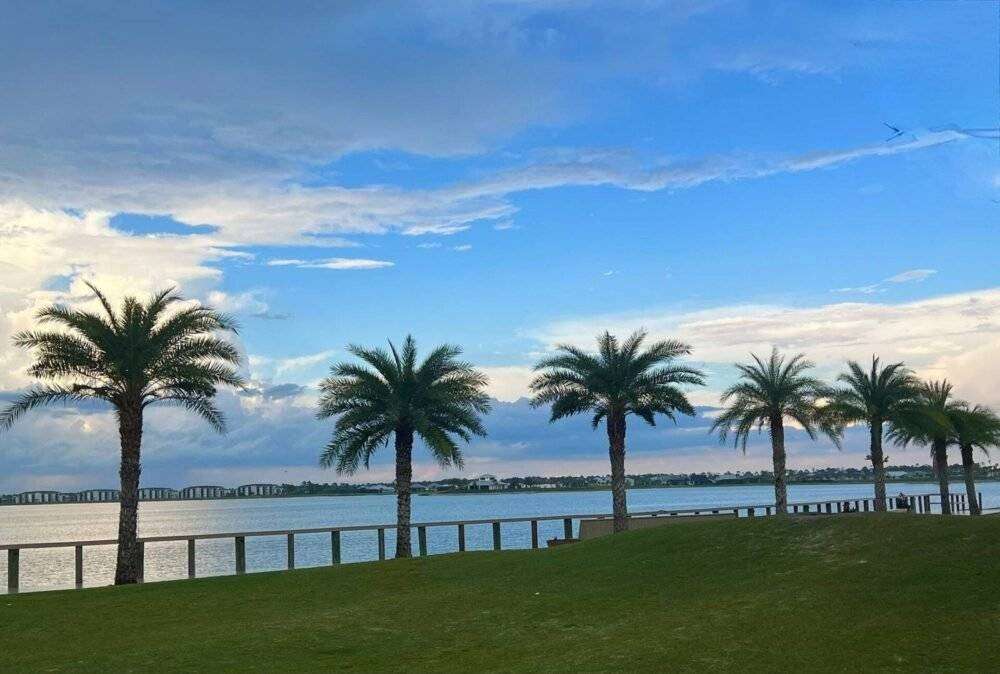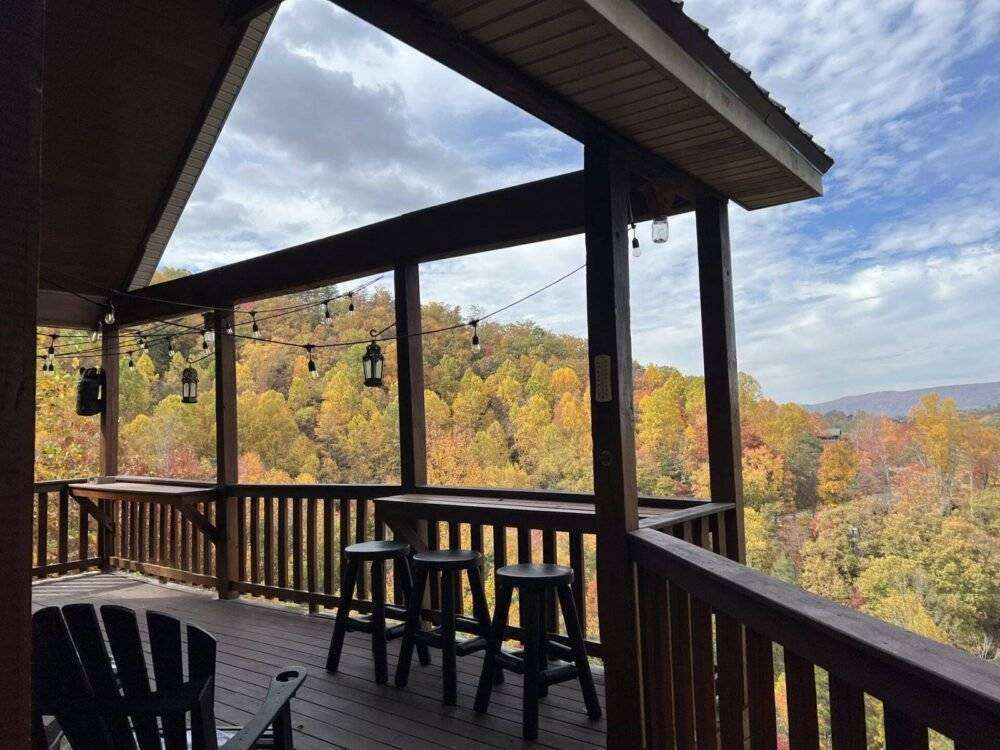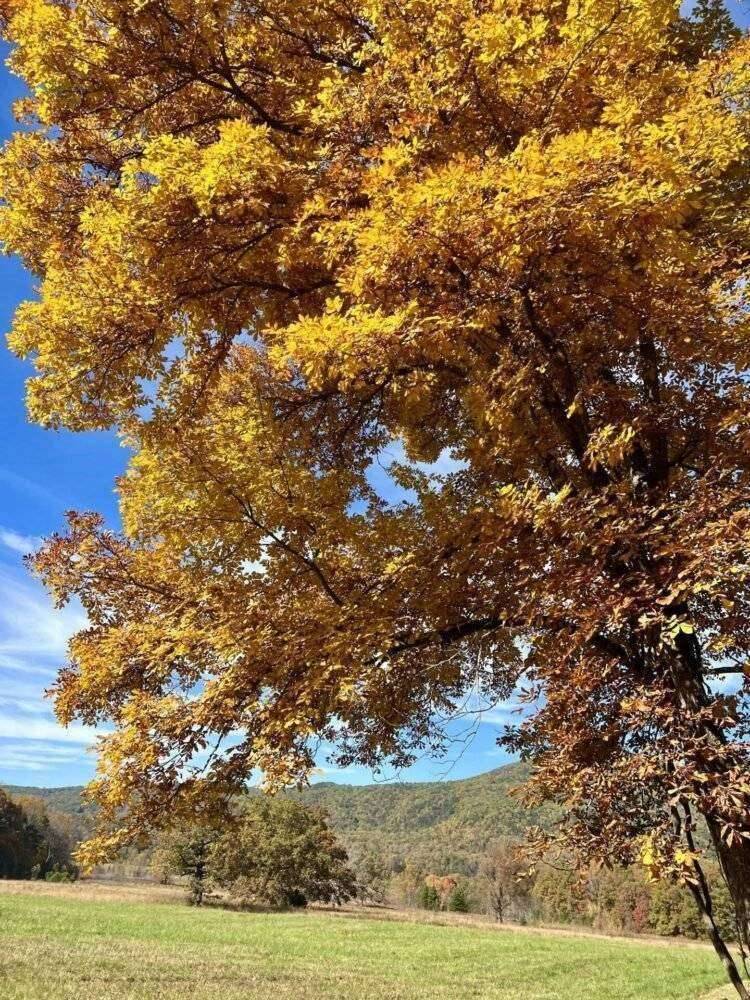Plan your dream trip to Hawaii – Sustainable Travel Tips
If you are like me, Hawaii lives at the top of your list of dream destinations. Summer or Winter, it doesn’t matter, just get me there, right!? But of course, getting there is half the battle as you know, Hawaii is in the middle of an ocean. Traveling to and on the island(s) often requires quite a bit of effort and, unfortunately, pollution. With a little forethought and planning, you can make your trip memorable and sustainable. In this article, we will cover sustainable travel options in Hawaii.
Which Island Is Best?
So, before we even jump into sustainable travel tips, let’s first knock out a burning question. Which island should you visit? Honestly, that’s up to you. The fact is that each island has something a little different than the next. The Hawaiian Islands are a large group of islands that extend well beyond the main Southeaster Islands everyone knows about. For the sake of this article, let’s consider the main “stateside” islands.
Source: Wikipedia
There are activities for everyone. Consider Oahu for a more urban and city feel. Maui is a great place to relax and enjoy a great mix of fancy resorts and nature. The Big Island of Hawaii is rugged and full of natural beauty. If you want to enjoy a tropical dense jungle, consider visiting Kaua’i.
Here is a great video explaining where you may want to visit on your travels.
What are the sustainable travel options in Hawaii?
Getting to the Island – Booking Direct
No matter if you are coming from California, Chicago, or London, chances are you are planning to fly to Hawaii at some point in your life. It’s a long flight, but with a little effort, you can be as eco-friendly as possible.
One tip to think about is looking to book direct flights. Not only are these convenient and timesaving, but they also have a positive impact on sustainability. By reducing the number of take-offs and landings, direct flights decrease the overall carbon emissions produced during air travel.
Use flight booking tools like Google Flights that state emissions on each flight option allowing you to make informed decisions about the flights you book. You can see below an estimate of the amount of CO2 emissions during each flight and a comparison between each flight.
Choosing direct flights can also contribute to the promotion of sustainable travel and zero-waste practices within the airline industry. Don’t forget to opt for that mobile boarding pass!
Before You Leave
I know, I know, you are excited to get to the islands. But your sustainable travel can start well before you even reach the airport. A big part of eco-friendly travel is setting your house up before you leave. For instance, you can unplug any unnecessary electronics and appliances. Double-check your thermostat to conserve energy. Also, double-check your faucets for leaks before leaving.
There are a lot of things you can do whether you have an eco-friendly home or are just starting to think about sustainability.
Sustainable Travel Options While on The Island
Hawaii boasts an array of sustainable travel options for the eco-conscious visitor. Public transit is readily available in the form of the reliable Oahu’s “TheBus” system, which covers a vast web of routes on the island. In rural areas, private shuttles provide transportation to popular visitor sites while lessening carbon footprints. For visitors in Honolulu, the bike-sharing program, Biki offers thousands of bikes for an environmentally friendly way to traverse the city.
For a more personal experience, many tour companies offer Eco-friendly tours of Hawaii’s natural attractions, emphasizing respect for the environment and local communities. Rental car companies also offer hybrid and electric vehicles to reduce emissions. Additionally, a growing number of hotels around the islands are committed to sustainability, using solar power, and reducing water consumption, among other initiatives. Contribute to sustainability by dining at farm-to-table restaurants that support local producers and by buying locally-made products.
Eco-friendly activities in Hawaii
Hawaii is renowned for its stunning natural landscapes and unique biodiversity. So do your part to let others enjoy the same beauty you are! There are plenty of eco-friendly activities you can do while in Hawaii. The island is tailor-made for nature enthusiasts and eco-conscious travelers.
On Land
Exploring the natural wonders by hiking or cycling on numerous trails, such as those in Akaka Falls State Park or Diamond Head State Monument, is a fun way to reduce your carbon footprint. Visitors can even take part in guided eco-tours, focusing on conservation awareness and nature appreciation. Local farms offer agritourism experiences where travelers can get a hands-on understanding of organic farming and learn about Hawaii’s unique flora and fauna.
On Water
Adventure-seekers can also enjoy eco-friendly aquatic activities like snorkeling, surfing, or paddling, all of which cause minimal impact on the marine ecosystem.
Responsible travel practices in Hawaii
Visiting this paradise responsibly means understanding and respecting the customs, traditions, and eco-sensitive areas of the islands. Eco-tourism is highly encouraged, promoting nature-based tourism that focuses on education and sustainability. Many tour operators have adopted green initiatives to minimize the impact on local ecosystems and wildlife.
Travelers are encouraged to engage in conservation efforts like beach clean-ups or planting indigenous trees. Observing ‘Leave No Trace’ principles, such as disposing of waste properly, minimizing the use of plastic, and not removing natural objects, are important practices.
Native Hawaiian cultural experiences
Native Hawaiian cultural experiences are vibrant and rooted in the indigenous Hawaiian people’s traditions, values, and history.
Central to the culture is the concept of ‘Aloha,’ which embodies love, peace, mercy, and a form of living with deep-seated compassion towards others. Traditional dancing, particularly the hula, is also a significant part of Hawaiian culture, often used to depict stories or historical events.
The music in Hawaii is characterized by the iconic sounds of the ukulele and slack-key guitar and is an integral part of their cultural tapestry and frequently heard at a Hawaiian Luau. Which, if you don’t know, is a traditional feast involving traditional foods like poi (mashed taro root), pig cooked in an Imu (underground oven), and various types of seafoods, all surrounded by music and hula.
To preserve their language and cultural heritage, Hawaiians also lay major emphasis on oral storytelling. Personal and communal identity in the Hawaiian culture is closely tied to their land, flora, and fauna, with strict ecological stewardship practices handed down through generations.
Stay At Certified Sustainable Accommodations
When looking for accommodations, choosing a certified sustainable option can make a big difference in the environmental impact of your travels. Certified sustainable accommodations have undergone an evaluation process to ensure they meet specific criteria for environmental, social, and economic responsibility. This can include energy and water conservation, waste reduction and recycling, and support for local communities. Staying at a certified eco-friendly hotel or resort can help minimize your carbon footprint and support businesses that are committed to sustainable practices. You can see if a resort of hotel is certified right on Google when going to book.
Source: Google Maps
Many certified sustainable accommodations also offer unique experiences that allow guests to engage with the local environment and culture in meaningful ways.
How can travelers support sustainable tourism in Hawaii?
Tourism is an important source of income for the people and the State of Hawaii. It’s important to ensure the Islands remain a popular tourist destination for many years to come. The best way to do that is to preserve the heritage and environment as much as possible. How can you support sustainable tourism in Hawaii?
Engaging with local businesses
Engaging with local businesses is a critical part of promoting sustainable tourism in places such as Hawaii. Local businesses often have unique insight into the regional environmental factors and cultural heritage. Using local services, buying local products, and dining at local eateries can significantly help in circulating monetary benefits within the community and prop up the local economy. Local businesses often engage in eco-friendly practices, as they understand the importance of preserving their area’s natural beauty and resources for generations to come.
Using reef-safe sunscreen to protect marine life
Using reef-safe sunscreen is a powerful yet simple way we can all support marine life, especially in Hawaii. They banned non-reef-safe sunscreen in Hawaii in 2021. This means you cannot use sunscreen with the active ingredients oxybenzone and octinoxate. Regular sunscreen usually contains chemicals that, when washed off in the ocean, can cause coral bleaching and contribute to the destruction of coral reefs. Reef-safe skincare products, recognized for being eco-friendly, lack these harmful chemicals, ensuring our interaction with the marine environment doesn’t result in adverse effects. When looking for reef-safe sunscreen, you should look for ” cruelty-free ” products.
Respecting the host culture and environment
The concept becomes even more significant when choosing a vacation destination like Hawaii, given its rich biodiversity and unique cultural heritage. Remember you are a guest, enjoy the rich culture only found in Hawaii. You can support this in a couple of different ways. Consider staying at locally owned green accommodations, eating at local restaurants, and participating in tours respecting wildlife and ecosystems.
Opting for eco-friendly transportation options
As we continue to witness the adverse effects of climate change, it is becoming increasingly essential for everyone to pursue more eco-friendly lifestyle choices. Opt to select eco-friendly transportation while you are in Hawaii. Some environmentally friendly modes of transport, including cycling, walking, carpooling, using public transit, and electric vehicles, contribute less to air pollution as they emit fewer greenhouse gases compared to conventional vehicles. Hey, they also promote better health through physical activity and reduce traffic congestion in city centers. It’s also a great way to see the town you are staying in. By taking your time and walking the streets, you can really get a feel for the culture and environment of the place.
What Are the Environmental Impacts of Tourism in Hawaii?
Tourism, one of Hawaii’s key economic drivers, has a substantial impact on the state’s rich and diverse natural resources and ecosystems. With over nine million tourists visiting annually, the heightened human activity puts strain on Hawaii’s finite resources, especially fresh water, and physical features, such as beaches and coral reefs. The increased use of these resources erodes the natural beauty and health of the islands. Additionally, the resort industry erodes coastlines, causing a loss of native beach habitat. The rise in tourist footprints impacts wildlife, disrupts habitats, and increases pollution.
Overuse of natural areas also amplifies the spread of invasive species, further threatening the fragile biodiversity of the islands. Accommodating tourists results in more waste production and energy consumption, escalating Hawaii’s carbon footprint. While tourism brings in revenue, it’s crucial to balance this with eco-friendly practices, so as not to deplete these resources or irreparably damage these unique ecosystems.
What Are the Benefits of Using Reusable Products During Travel
While you head to Hawaii, consider bringing reusable products. This not only saves you money in the long run, but it also reduces your own waste. Using reusable products during travel carries several noteworthy benefits for individuals and the environment. It significantly reduces the amount of single-use waste generated, contributing to environmental conservation. When plastic bags, water bottles, or food packages are replaced with reusable alternatives, the amount of waste that ends up in landfills or oceans diminishes.
Instead of consecutively buying bottled water or food in disposable containers, taking along a reusable water bottle or food container can save money in the long run. Moreover, reusable products often come with better quality and durability, further enhancing their cost-effectiveness. Having a reusable coffee mug or water bottle at hand can be more hygienic since you know how it’s been cleaned and handled. Lastly, the use of reusable products is a powerful individual action that signals a commitment to sustainability, inspiring others to follow the same path, and transforming travel habits globally.
Sustainable Tourism Association of Hawaii
The Sustainable Tourism Association of Hawaii (STAH) is a non-profit organization dedicated to promoting responsible and sustainable tourism practices in the beautiful islands of Hawaii. STAH focuses on preserving the natural environment, supporting local communities, and maintaining the cultural integrity of the islands, STAH works to ensure that tourism in Hawaii is both economically beneficial and environmentally responsible. The association collaborates with local businesses, community members, and government agencies to provide resources, education, and support for sustainable tourism initiatives. STAH also offers certification programs and resources for businesses and individuals looking to minimize their environmental impact and contribute to the long-term preservation of Hawaii’s natural resources.
Conclusion
Hawaii is a great place to travel, many argue it’s one of the most beautiful places in the world. Hawaii is one place where you can still travel sustainably and responsibly. You can see that sustainable travel in Hawaii is not only desired but also actually easier than you think. So next time you visit Hawaii, don’t forget to be a responsible traveler, embrace native Hawaiian culture, and care for the land, and as always, Travel Till You Drop!
Book Your Trip : Check Out My Resources for Your Travel Needs
Use Skyscanner to find a cheap flight. This is my very first stop when I’m looking for my next trip. It’s a fast, easy-to-use search engine that is perfect for finding an affordable flight, a perfect hotel, and the right rental car for you in locations around the globe.
Book Your Accommodation
If you are looking for a super budget friendly location and are open to a hostel stay, make sure you book your hostel with Hostelworld. It offers the broadest range of quality hostels around the world.
If you’d prefer a hotel or a guesthouse for stays less than 28 days, drop on over to Booking.com It’s perfect for providing excellent options, a ton of user reviews, and prices to fit every budget.
For stays over 28 days, AirBnB still remains my #1 choice. User reviews and monthly pricing allow for some incredible deals all around the world.
Don’t Forget Travel Insurance
Travel insurance is but a small up-front investment that you won’t want to leave home without. After just one experience of having to delay or cancel your trip or having your luggage stolen, you’ll wish you would have made that investment. I’ve hated my life a few times when the moment arose, and I decided to skip out. Let’s just say, I’ve changed my ways and recommend each of the following companies to protect your ass-ets.
My favorite companies are:
- SafetyWing (best for All Travelers)
- World Nomads (best of Adventure Travelers)
- MedJet (great for additional evacuation coverage)
Want to Travel for Free?
Travel credit cards allow you to earn points that can be redeemed for free flights and accommodation — all without any extra spending. Check out my guide to getting free flights to get started.
Ready to Book Your Trip?
Check out my Resource Page for the best companies to help you book your travel at reduced rates! This list will help you get to where you’re going. I know-I use them ALL the time!





